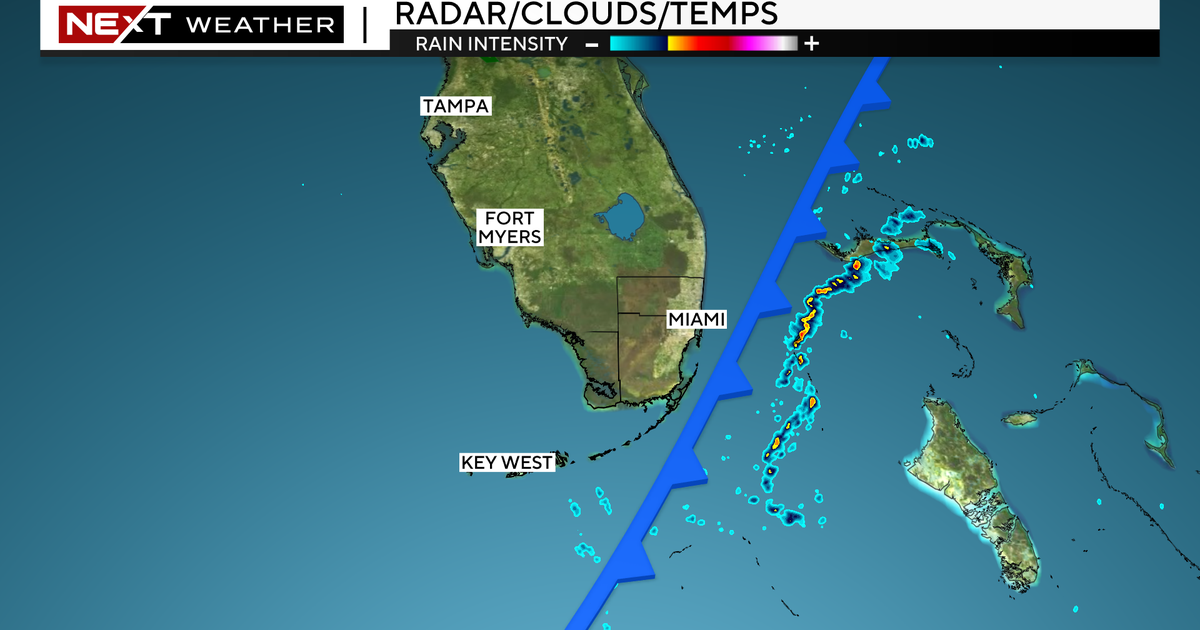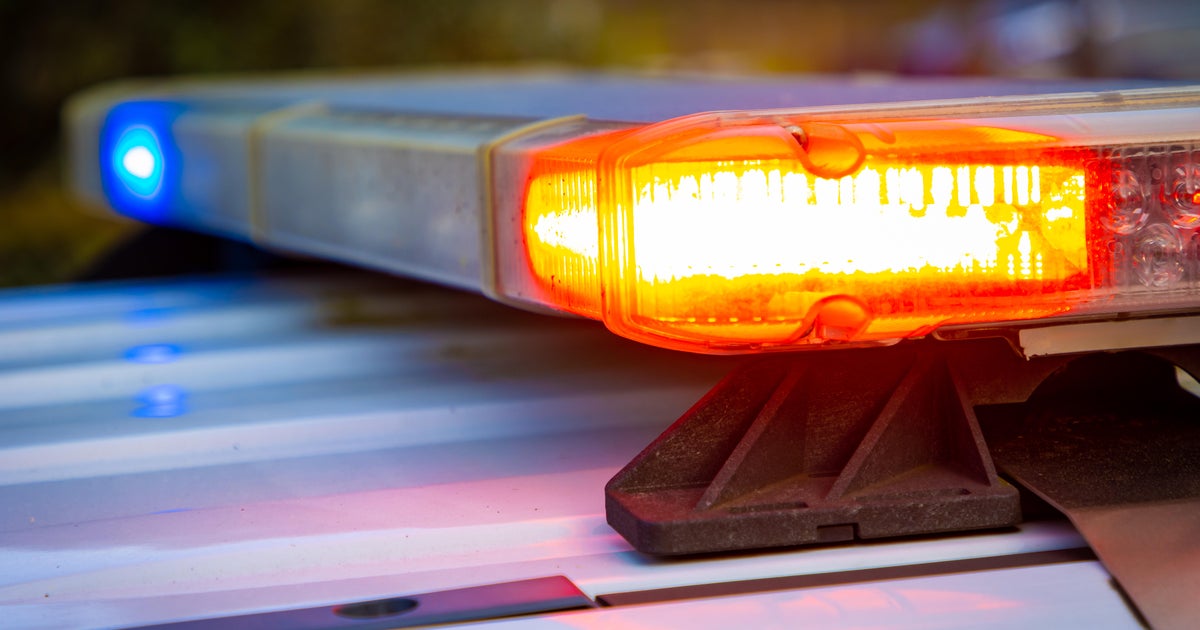NOAA Testing Unmanned Aircraft In Florida Keys Marine Sanctuary
MIAMI (CBSMiami) – A battery-powered aircraft, equipped with real-time video and photo capability, will be sent to a Keys marine sanctuary to survey wildlife and for a better take on how boaters use the sanctuary.
The National Oceanic and Atmospheric Administration (NOAA) will send Puma, an unmanned aircraft system (UAS), to hopefully help scientists at the Florida Keys National Marine Sanctuary observe and monitor the sanctuary.
"Testing unmanned aircraft in the diverse habitats of the Keys will help demonstrate the applicability of this technology in supporting science and resource protection in ecosystems around the world," said Sean Morton, sanctuary superintendent.
Puma test flights are scheduled for September 14-22 in sanctuary waters of the upper and lower Florida Keys.
NOAA plans on testing the Puma's ability to survey protected marine life, which includes roseate spoonbills, roosting frigate birds, sea turtles and Key deer. The Puma has the ability to fly lower and slower than a manned aircraft. Also, its quiet operating system will allow scientists to gather data with minimal disturbance to wildlife.
The Puma can be hand-launched, according to NOAA, and has a nine-foot wingspan and weighs 13-pounds. Once the Puma is released, it can be recovered from any location on land or at sea from a boat. The aircraft can fly for up to two hours on a single charge and cover a range of about 50-square miles.
"Unmanned aircraft systems represent the next development in marine resource monitoring, and are potentially cheaper, greener and safer than manned flights," said Matt Pickett, aviation operations coordinator for NOAA's Office of National Marine Sanctuaries.
Puma will be controlled remotely by a NOAA Corps pilot. The test missions, funded by NOAA's Unmanned Aircraft System Program, will demonstrate the aircraft's camera resolution and allow scientists and managers to explore the aircraft's potential in similar environments.
If the Puma's test mission is successful, unmanned aircraft technology could be used in marine protected areas worldwide.
The Florida Keys National Marine Sanctuary protects 2,900 square nautical miles of critical marine habitat, including coral reef, hard bottom and more.
NOAA, and the state of Florida, manage the sanctuary.



